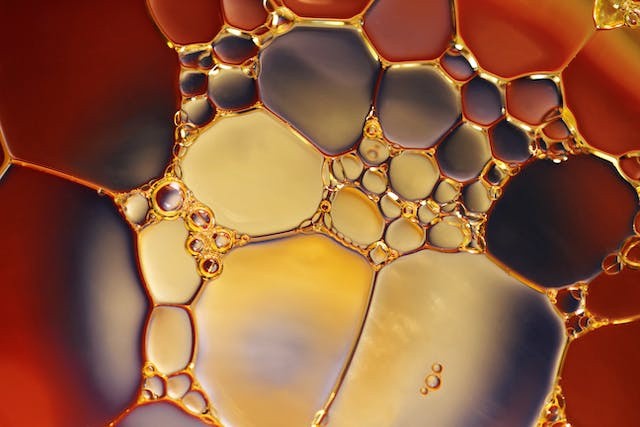Mixing water and oil sounds impossible, much more frying the former in the latter. However, a number of individuals have successfully made this possible, and here's what it looks like.

Deep Fried Water
Deep frying water is possible through spherification, a method used in modern culinary that involves shaping liquids into semi-solid spheres with thin membranes. This causes the liquid to have a burst-in-the-mouth sensation effect.
Innovative chef Jonathan Marcus created a method for deep-frying water for the Stupid Shit No One Needs and Terrible Ideas "Hackathon" hosted in San Francisco held in San Francisco in May 2016. Marcus coated the spheroid water with panko bread crumbs, flour, and egg wash. He dropped the ball into heated peanut oil at 375 degrees for several minutes, and when he cracked up the shell, he discovered that the water had been effectively deep-fried.
However, the taste might not be appealing to everyone. Marcus said it was "the blandest deep-fried thing" he had ever tasted.
James Orgill, a chemical engineer and YouTuber who runs the channel The Action Labs did the same experiment and shared the same sentiment. He said it "tasted gross," and there was no flavor. It was reportedly kind of "salty and slimy."
Jonathan warns others in the description of his video on YouTube to never try deep-fried water. He stressed that third-degree burns could result from the hot oil's dramatic explosion when it comes into contact with water, such as when a water ball leaks.
Spherification isn't limited to the culinary sector. Ooho!, a start-up company, uses the same method and swaps out the typical water bottles for waste-free containers using the same method.
How To Fry Water
The deep-fried water first went viral in 2016, and four years later, it resurfaced after Orgill did the same experiment. In the video, Orgill explained that the main ingredient is sodium alginate, which is a salt of alginic acid, usually found in brown algae.
Sodium alginate dissolves in water, but when mixed in and replaced with sodium ions per se, it won't end up with a solution that dissolves but with a solid matter because calcium alginate is not soluble in water.
So, just get a calcium powder or calcium chloride, as all you need is the calcium ion from it, and mix it with water. Pour the sodium alginate solution into the calcium chloride solution, and the calcium chloride solution will react with the sodium alginate, replace the sodium and bond with the alginate, cross-link it, and it will become insoluble in water.
Coat it with flour, egg, and bread crumbs and place it in boiling oil. You can also replace bread crumbs with dixie fry. Be careful because the water might leak and pop it, which is dangerous.
RELATED ARTICLE: Physicists Overcome Decades-Long Hurdle in Fundamental Physics: Control Two Quantum Light Sources Simultaneously
Check out more news and information on Chemistry in Science Times.












